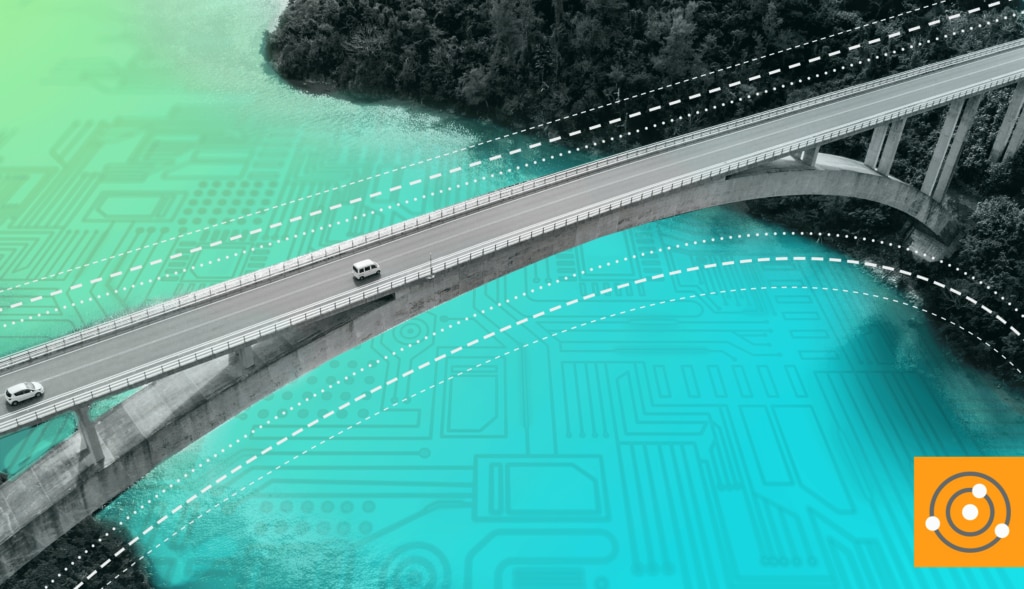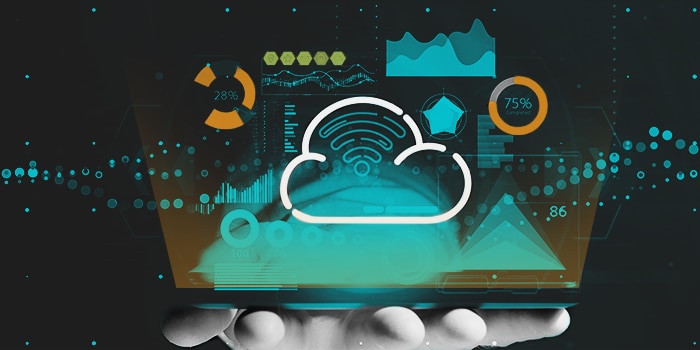I had the pleasure of speaking at the ITSM2020 virtual conference about the growing challenges of hybrid IT environments and how IT service management (ITSM) can fill critical gaps in hybrid IT management. With the right ITSM strategy, IT teams can help ensure maximum business value as infrastructure evolves.
Challenges of hybrid IT environments
If you were to look at the list of most common challenges in IT, how many of them are related to complex hybrid IT environments? Users are much more reliant on technology and applications as environments grow. Transitions to multiple datacenters in the cloud and on-premises introduce new questions about security and risk, forcing IT leaders to consider new protocols. They also must consider the impact of outages and business continuity as they introduce new technology and updates.The pandemic accelerated digital transformation and IT pros’ ongoing efforts to upskill in critical competencies, but we also saw IT shift their focus towards service. As service providers, IT also has the hurdle of consistently meeting user expectations, which vary and evolve as users grow more sophisticated in their needs and experiences.
To address those expectations, IT needs a bridge between traditional IT operations and the end users who depend on business technology.
Adopting an employee-centric mindset
Hybrid IT consists of all the complex infrastructure in your environment. Hybrid IT management is typically thought of from an operations standpoint. How is it functioning? What are the relationships between tools and different pieces of infrastructure?That IT operations piece is a crucial focus point of hybrid IT management, but we also need to keep in mind that all of the employees in the organization depend on this technology to do their jobs. It’s not just about how the technology is functioning from an operational perspective, but it’s also about the usability of the technology for the employee.
For example, many organizations have adopted cloud-based telecommunications platforms or CRM platforms (either as a result of increased remote work, or for general scaling purposes). The operational side of the house is responsible for ensuring those systems are online, connected, and performing from a technical perspective. But just because those tools are performing doesn’t mean end users know how to use them or know how to share data with the other tools they depend on.
We need to connect the operational side and the end users that drive business value from our constantly evolving hybrid IT environments, and that’s where ITSM enters the equation.
Where to focus your ITSM efforts across your hybrid IT journey
The service desk can unify internal service providers as they convert that complex IT infrastructure into value for the organization. With opportunities to enable integration and drive efficiencies, ITSM solutions and strategies help maximize your hybrid environment, future vision, and current processes. While ITSM solutions and practices can help you cast a wide net to achieve your hybrid IT goals, let’s consolidate our focus into three pillars.- Consolidating visibility and streamlining workflows
- Maximizing service delivery
- Automating and integrating




